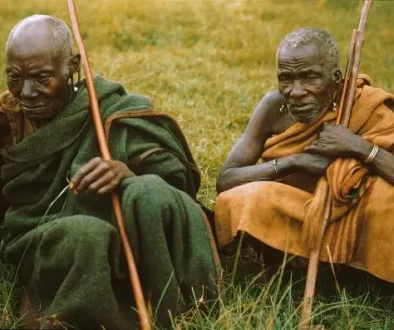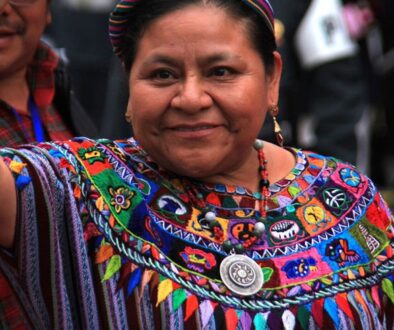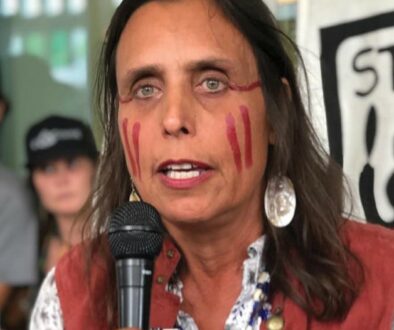Two new World Heritage Sites promoted by Indigenous Peoples in Canada and Australia
Baku, Republic of Azerbaijan July 2019
During the UNESCO’S 43rd session of the World Heritage Committee, held in Baku, Republic of Azerbaijan, two new listings had been driven by Indigenous Peoples’ aspirations regarding the linkages between land, people, culture, spirituality and identity: Budj Bim Cultural Landscape (Australia) and Writing-on-Stone / Áísínai’pi (Canada), both under the category of cultural The growing space for indigenous people to lead nominations is a source of hope.
The Budj Bim Cultural Landscape is located in the traditional Country of the Gunditjmara Aboriginal people in south-eastern Australia. It includes one of the world’s most extensive and oldest aquaculture systems, developed by the Gunditjmara, over a period of at least 6,600. They utilised the abundant local volcanic rock to construct channels, weirs and dams and manage water flows in order to systematically trap, store and harvest kooyang (short-finned eel – Anguilla australis) and support enhancement of other food resources.
Writing-on-Stone / Áísínai’pi is a sacred site in a mixed grassland prairie region on the northern edge of the Great Plains. The Milk River Valley and several “coulees” dominate the topography of this cultural landscape, whose geological features include a concentration of hoodoos, with spectacular forms sculpted by erosion. The Blackfoot Confederacy (Siksikáítsitapi) has left engravings and paintings on the sandstone walls and landscape features, during the last 3000 years, which bear witness to spirit messages. The landscape is considered to be sacred by the Blackfoot people, and centuries-old traditions are perpetuated today in various ceremonies and in the respect in which the place is held.




